One in Ten Britons Don’t Know How to Use a Single Item from Their Toolbox
Many Brits aren’t confident that they could use basic tools without further assistance
· One in three people (35%) don’t know how to use a screwdriver properly.
· Over a third (40%) do not know how to use a tape measure.
· Almost half of Brits (49%) don’t know how to use a spanner.
· Over three quarters of Brits (79%) don’t feel comfortable using a hand saw.
· Brits are not comfortable using power tools, with only 1 in 5 comfortable using a circular saw, 1 in 4 able to use a jigsaw and 1 in 3 being able to use a power drill.
More information can be found HERE
A new study has revealed that many Britons would struggle to use the items in their toolbox correctly, without looking it up.
The new research from SGS Engineering quizzed Britons on their knowledge of common toolbox items, with 9% admitting they couldn’t use a single tool without asking someone for help.
Brits are most comfortable when using a good old-fashioned screwdriver, with almost two thirds of those surveyed (61%) claiming that they know how to use one correctly. You’d think that using a tape measure would also be fairly simple, yet over a third of those surveyed (40%) said that they do not know how to use one.
Jab saws were revealed as the tool that Britons are most clueless about, with just one in ten people (10%) saying that they are confident on the correct technique for using one. Similarly, just one in seven people (15%) think they know how to use a bolster (cold chisel), and only a quarter of those surveyed (27%) think they know how to use bolt cutters.
Screwdrivers are the tool owned by the highest percentage of people, with two thirds of us (67%) having one in our toolbox. On the other end of the scale, only one in ten people (10%) own a nail gun, and just one in 20 people (5%) own a jab saw.
There appears to be a higher number of women who have never used their toolbox, as over one in ten women (11%) say that they don’t know how to use a single item in their toolbox. The men aren’t much better, with one in twelve (8%) admitting that they couldn’t use any of the tools without asking for help from someone else.
Brits look to be slow starters when it comes to building up their toolbox, as 15% of 18-24-year-olds say that they don’t own a single tool. By contrast, just one in twenty people aged 65+ said that they don’t own any tools.
Edinburgh residents showed up as the worst in the UK when it comes to DIY knowledge, with 16% of those surveyed admitting that they would have to ask for help before using any tools. The DIY champions are just down the road in Glasgow, with just one in fifty (2%) Glaswegians admitting to needing help when using tools.
As a company passionate about tools, and with many respondents reporting difficulties in using some of the most common tools correctly, SGS Engineering have put together a visual guide on how to safely use five of the most common items found in a toolbox.
How to use common tools – a safety guide
Screwdriver
The first step when safely using a screwdriver is to use a head that is the correct size and shape to match the screw. Once a suitable grip has been made into the surface, insert the screwdriver into the screw head and turn clockwise. To stay safe, ensure that your other hand is away from the screw in case the screwdriver slips away from the screw head.
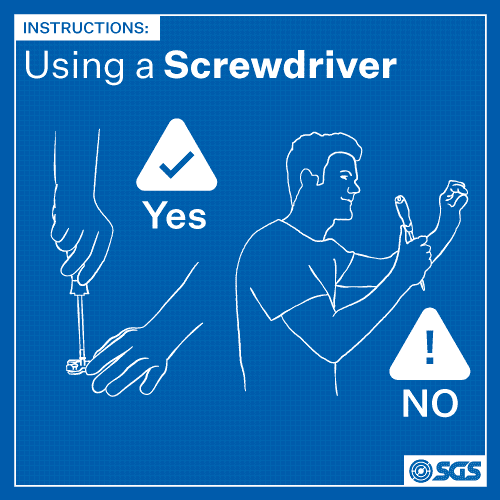
Tape Measure
Though relatively safe to use, tape measures can retract very quickly, risking injury. Be sure to retract the tape slowly and carefully once you have finished using it.
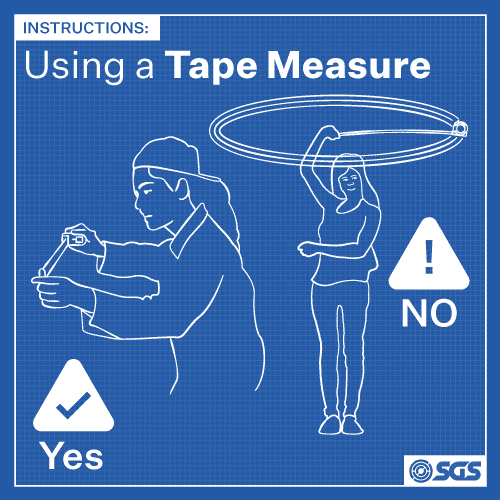
Spanner
The best method for safely using a spanner is to pull the tool towards you, rather than pushing it away with force. This method helps you to keep in control more easily and reduces the likelihood of an injury.
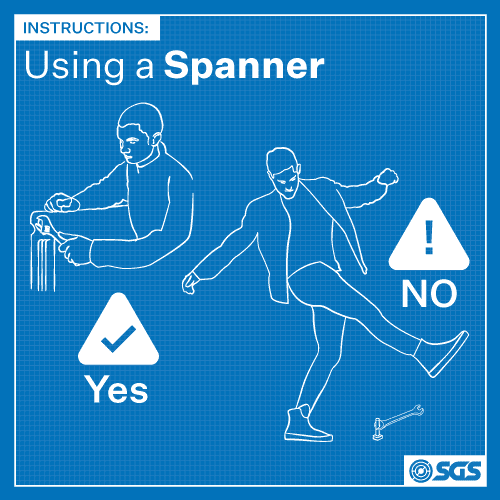
Spirit Level
One of the simpler tools to use! Simply place the spirit level onto the object, which can be done vertically or horizontally. Move the object until the bubble is in the middle section of the liquid. Job done!
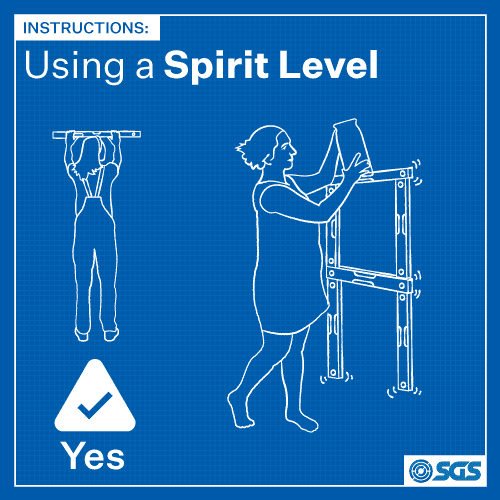
Hand Saw
For the sake of accuracy, you should use a pencil to draw a line where you would like to cut. Either firmly hold the piece of wood or fasten it still, and then start sawing with an initial short stroke. Once the saw is wedged in, you can start to saw faster.
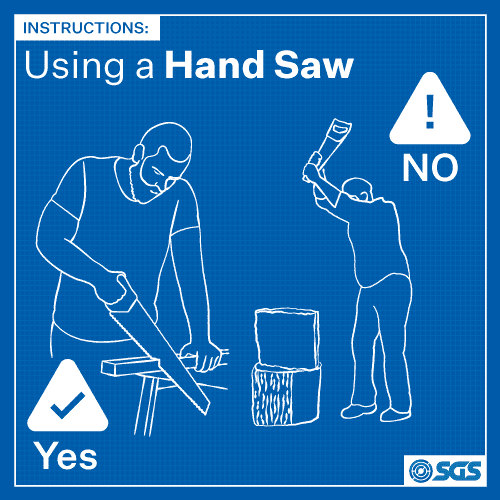
Dave Gordon, General Manager at SGS Engineering commented:
“We have seen a DIY boom of people looking to improve their home in the past couple of years, with many Brits dusting off their toolbox and getting stuck in.
“Our survey has highlighted that while many people feel comfortable using essential tools, there is some way still to go – who’d have thought that refreshed training might be needed on how to use a tape measure!
“This data highlights that safety is the most important factor when it comes to DIY. Tools can be extremely dangerous when used improperly, so be sure to read through all the relevant information before undertaking your own project. As you can see from this survey, you won’t be alone in being a bit unsure on how certain tools work.”
Help keep news FREE for our readers
Supporting your local community newspaper/online news outlet is crucial now more than ever. If you believe in independent journalism, then consider making a valuable contribution by making a one-time or monthly donation. We operate in rural areas where providing unbiased news can be challenging. Read More About Supporting The West Wales Chronicle





















